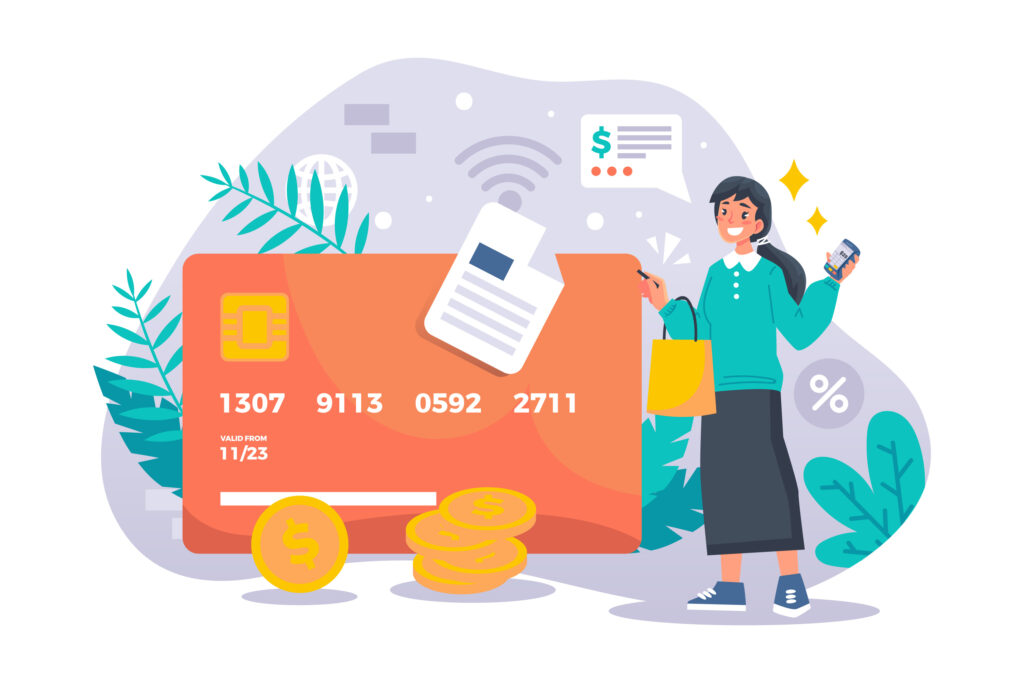In the world of online transactions and e-commerce, security is of paramount importance. Among the tools used to protect your credit card information is the CVV number. Whether you’re a seasoned online shopper or just dipping your toes into the digital purchasing realm, understanding what a CVV number is and how to keep it safe is crucial for safeguarding your financial well-being.

What is a CVV Number?
CVV stands for Card Verification Value. It’s a three- or four-digit number found on the back of most credit and debit cards. In essence, the CVV number acts as an additional layer of security for online and over-the-phone transactions. Since the CVV is not embedded in the magnetic stripe or the chip on the card, it’s not easily accessible in the event of a card data breach. This makes it more challenging for unauthorized parties to use your card for fraudulent activities.
How Does it Work?
When you make an online purchase, you’re typically required to provide your credit card number, expiration date, and the CVV number. This three-digit code helps verify that you physically possess the card you’re using. It adds an extra barrier for cybercriminals attempting to make unauthorized transactions.
Keeping Your CVV Safe
Protecting your CVV number is a vital part of maintaining the security of your financial information. Here are some simple yet effective practices to help you keep your CVV safe:
-
Memorize it: While it might be tempting to jot down your CVV somewhere convenient, like in your phone’s notes or on a sticky note, it’s best to memorize it. This way, you won’t leave a trail of sensitive information that could be accessed by prying eyes.
-
Never Share it: Just as you wouldn’t give out your PIN number, refrain from sharing your CVV with anyone. Legitimate organizations and websites will never ask you to provide your CVV via email or phone.
-
Secure Online Shopping: When making online purchases, stick to reputable and secure websites. Look for “https://” in the URL and a padlock icon in the address bar, indicating a secure connection.
-
Use Trusted Devices: Avoid making online transactions on public computers or unsecured networks. Use your personal devices with updated security software to minimize the risk of data breaches.
-
Two-Factor Authentication: Some platforms offer two-factor authentication for added security. Even if your CVV is compromised, unauthorized access can be thwarted by an additional verification step.
-
Check Statements Regularly: Keep a close eye on your credit card statements and transaction history. Report any suspicious activities to your card issuer immediately.
-
Secure Storage: If you absolutely must store your CVV, do so in a secure location, like a locked safe or a password-protected digital vault.
-
Virtual Card Numbers: Some credit card providers offer the option to generate virtual card numbers for online purchases. These numbers are temporary and can’t be used for transactions beyond the initial purchase.
What to Do if Your CVV is Compromised
Despite taking precautions, there’s always a possibility of your CVV being compromised. If you suspect your CVV has been accessed by unauthorized individuals, take the following steps:
-
Contact Your Card Issuer: Notify your credit card company or bank immediately. They can take measures to prevent fraudulent transactions and issue you a new card if necessary.
-
Monitor Your Accounts: Keep a close watch on your accounts for any unauthorized transactions. Report anything suspicious to your card issuer promptly.
-
Update Passwords: If you suspect a data breach, change your passwords for online accounts linked to the compromised card.
In Conclusion
A CVV number is a small but vital component of credit card security. By understanding its purpose and adopting simple yet effective practices to keep it safe, you can significantly reduce the risk of falling victim to credit card fraud or unauthorized transactions. Remember, taking proactive steps to safeguard your financial information is an essential part of responsible online behavior, ensuring your peace of mind while navigating the digital landscape.